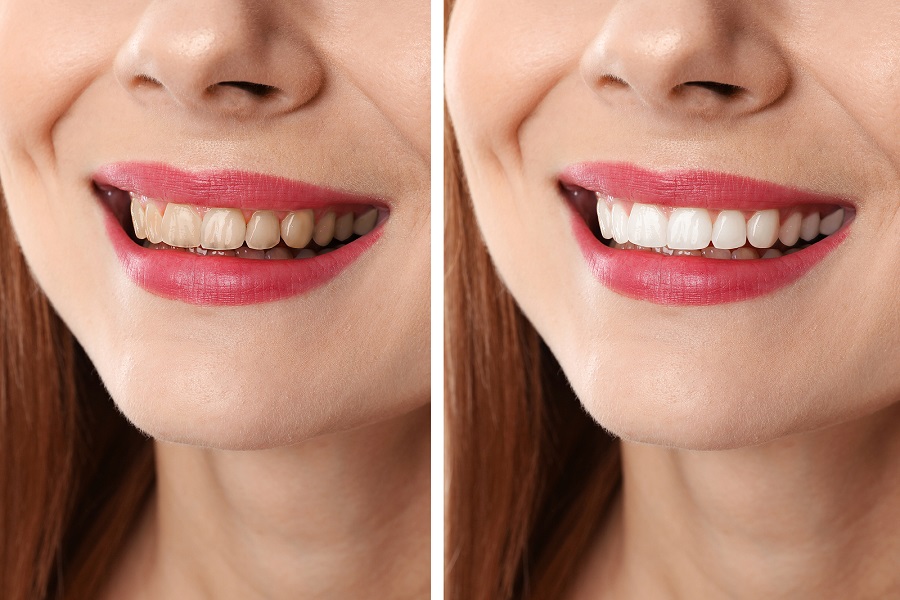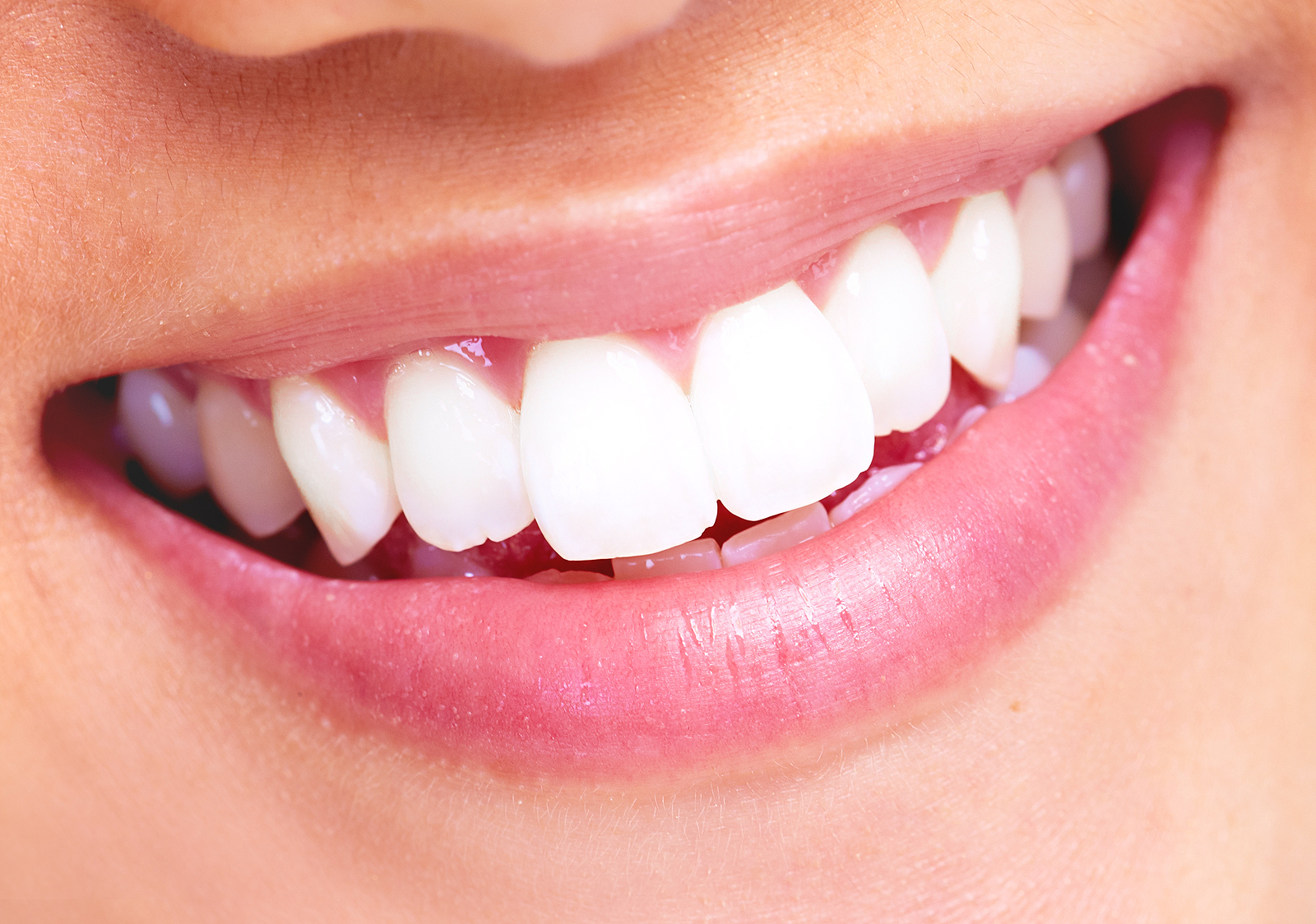PORCELAIN VENEERS: WHAT YOU NEED TO KNOW
Let’s face it, we all want a smile we can show off to the world! Today, there are many cosmetic procedures that can give us just that. Growing in popularity are dental veneers, which are sometimes called porcelain veneers or dental porcelain laminates. These are custom made shells that are wafer thin and made of tooth-colored materials. They are designed to improve the appearance of your smile by covering the front surface of the teeth. They can change the shape, the color or even the size and length of what you may have presently. Below are a few issues that porcelain veneers can fix:
- Teeth that are worn down, chipped or broken
- Teeth that are discolored from drugs or excessive fluoride or other causes. Some people even have large resin fillings that have discolored teeth.
- Teeth that are oddly shaped or seem irregular.
- Teeth that have gaps or spaces that need to be corrected.
Dental veneers can be made from resin composite materials or from porcelain. Porcelain veneers are known to resist stains better than resin and some believe that they may be better at copying the light-reflecting properties of natural teeth, but on the other hand, resin veneers are thinner and are known to require less tooth surface removal before they are placed. Your cosmetic dentist can discuss with you the best choice of veneer material for your personal situation. Here are some of the advantages of receiving veneers:
- Gum tissues will tolerate porcelain well.
- They are stain resistant and will provide a natural tooth appearance.
- The color of your veneers can be selected, making your teeth a whiter color.
Veneers offer an easier approach to changing the shape and color of our teeth and usually do not require the extensive shaping prior to the procedure like crowns do.
Now that we know some benefits and advantages of porcelain veneers, let’s take a look at what the process of receiving veneers looks like. Getting dental veneers will usually require at least three trips to your cosmetic dentist. The first of these visits would be considered the treatment planning and diagnosis visit. On this visit you can discuss with your cosmetic dentist the result you are trying to achieve. Your dentist will examine your teeth and make sure that porcelain veneers are the right choice for you. X-rays may be taken at this time along with possible impressions of your mouth and teeth. Your dentist will need your active participation at this step, so that together you can achieve your most desired results. Step two in the veneer process is preparation. When preparing your teeth for veneers, your dentist must remove a slight amount of enamel from your tooth surface – and you may decide to use a local anesthetic at this stage. Next, a model or impression of your tooth has to be made and sent to a dental lab, which will construct the veneer. The time frame can vary as to when the completed veneers are delivered back to your dentist but it is usually not longer than a week or two and can even be done quicker depending on the lab. The final step is bonding. At this stage your dentist will examine the veneer’s fit and color before it is permanently cemented to your tooth. The veneer will be trimmed carefully to achieve the proper fit. Next, the dentist will clean, polish and etch the tooth, which will roughen it to allow for a strong and accurate bonding process. A special cement will be applied and the veneer will then be placed on your tooth while your dentist uses a special light beam, which will activate the chemicals in the cement and cause it to harden very quickly. After all final steps are complete, your cosmetic dentist will evaluate and make final adjustments. A follow up visit will be made at this time to check on how your gums may be responding and to examine your new veneer’s placement. Your new smile is now complete!






















0 comments